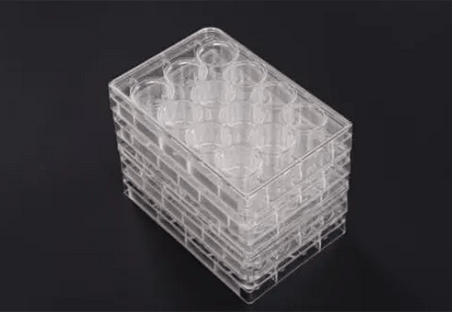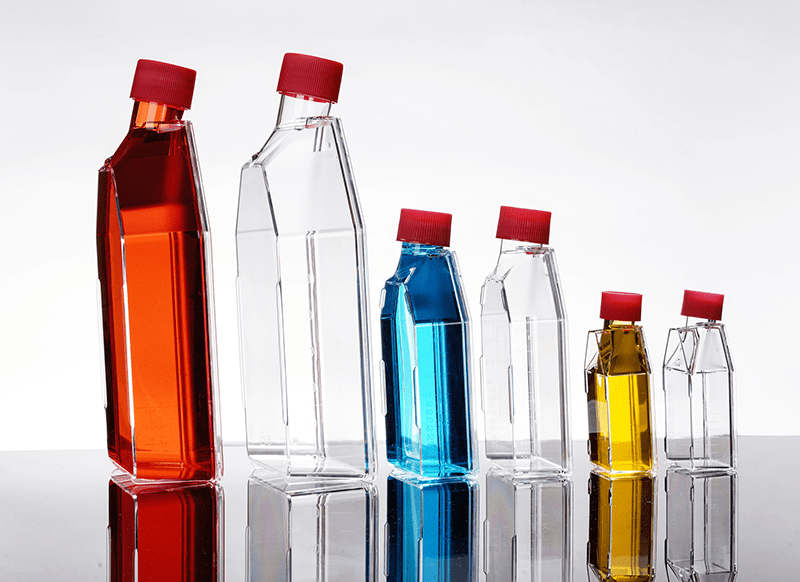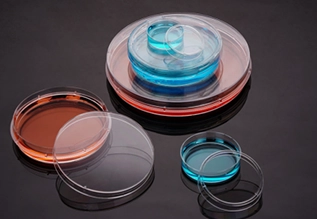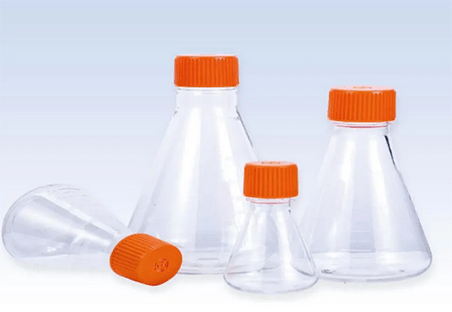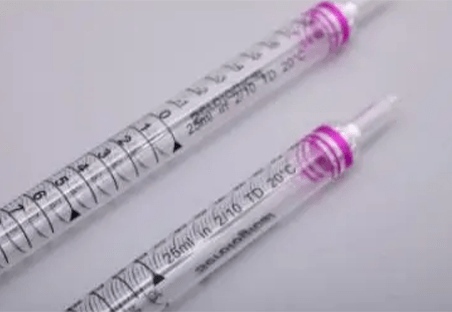Serological pipettes are a fundamental tool in any laboratory, used for accurately transferring precise volumes of liquids. But with two main options available, disposable and reusable, choosing the right type can be a headache. This article will delve into the key factors to consider when making this crucial decision, helping you select the perfect pipette for your lab’s needs.
What are the Types of Serological Pipettes?
Serological pipettes are a type of laboratory equipment used to accurately measure and transfer liquids. They are typically made of glass or plastic and come in a variety of volumes and graduations. Here is a classification of serological pipettes by material, volume, graduation, and disposable vs. reusable:
1. According to Material:
- Glass: Glass pipettes are the most accurate and durable, but they are also more fragile and expensive than plastic pipettes. They are also more difficult to sterilize.
- Plastic: Plastic pipettes are less accurate and durable than glass pipettes, but they are more affordable and easier to sterilize. They are also less likely to break if dropped.
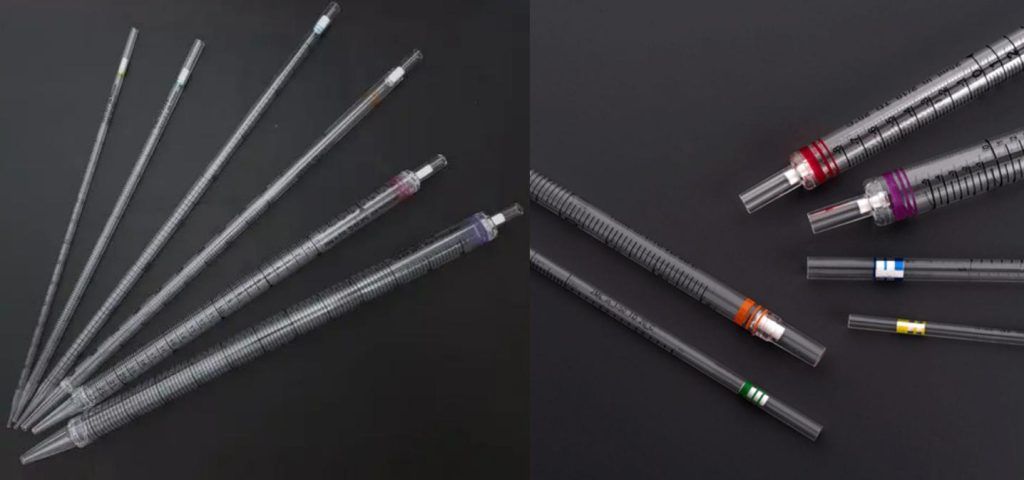
2. According to Volume:
- Micropipettes: Micropipettes are used to measure and transfer small volumes of liquid, typically in the range of 1-1000 microliters.
- Serological pipettes: Serological pipettes are used to measure and transfer larger volumes of liquid, typically in the range of 1-25 milliliters.
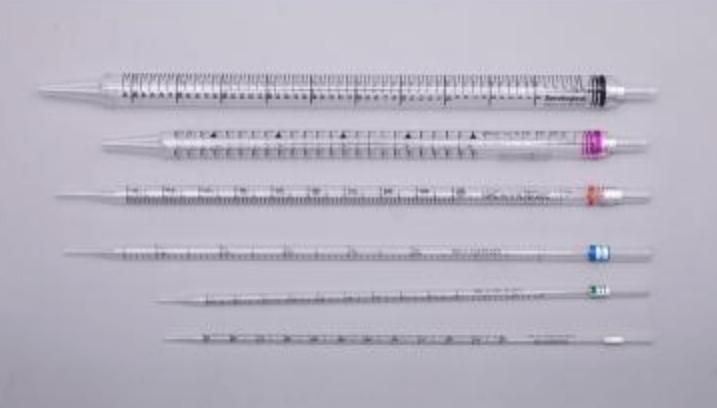
3. According to Graduation:
- Graduated: Graduated pipettes have markings on the side that indicate the volume of liquid they contain.
- Ungraduated: Ungraduated pipettes do not have markings on the side. They are typically used for dispensing fixed volumes of liquid.

4. Disposable vs. Reusable:
- Disposable: Disposable pipettes are made of plastic and are intended for single use. They are typically cheaper than reusable pipettes, but they also create more waste.
- Reusable: Reusable pipettes are made of glass or plastic and can be sterilized and reused multiple times. They are more expensive than disposable pipettes, but they are also more environmentally friendly.
How to Choose the Right Serological Pipette? 5 Key Factors
When it comes to choosing the right pipette, a major question arises: disposable or reusable? Both options have their advantages and disadvantages, and the best choice for you will depend on a variety of factors specific to your lab’s needs and priorities. Here we provide you 5 considerations:
1. Volume and Frequency of Use
- Low Volume, infrequent use: If you primarily work with small volumes (less than 250 µL) and don’t require frequent pipetting, disposable micropipettes are likely the best choice. They offer high accuracy and precision, come pre-sterilized, and eliminate the need for cleaning and calibration.
- High Volume, frequent use: For larger volumes (greater than 1 mL) and frequent pipetting tasks, reusable glass serological pipettes might be more economical. They provide excellent durability and accuracy, can be autoclaved for sterilization, and have a lower long-term cost compared to disposables.

2. Cost and Environmental Impact
- Disposable pipettes: While convenient, disposables contribute to plastic waste and generate higher overall costs over time due to frequent purchases.
- Reusable pipettes: Although requiring cleaning and maintenance, reusables have a lower environmental impact and are more cost-effective in the long run.
3. Accuracy and Precision Requirements
- High accuracy and precision: For critical applications demanding the highest levels of accuracy (e.g., quantitative PCR), calibrated glass pipettes paired with certified tips are the gold standard.
- Routine tasks: For less critical tasks where accuracy is not as crucial, disposable pipettes can be sufficient, especially if pre-calibrated options are chosen.
4. Sterility and Contamination Control
- Biological and hazardous materials: When working with infectious agents or hazardous materials, disposable pipettes are preferred for easy disposal and minimizing contamination risks.
- Non-hazardous materials: For non-hazardous materials, reusable pipettes can be effectively sterilized through autoclaving, reducing the need for disposables.
5. Additional Considerations
- Ergonomics: Choose pipettes with comfortable grips and lightweight designs to minimize hand fatigue during extended use.
- Tip compatibility: Ensure the pipettes are compatible with the types of tips you require for your experiments.
- Manufacturer reputation: Opt for pipettes from reputable manufacturers known for their quality and accuracy.
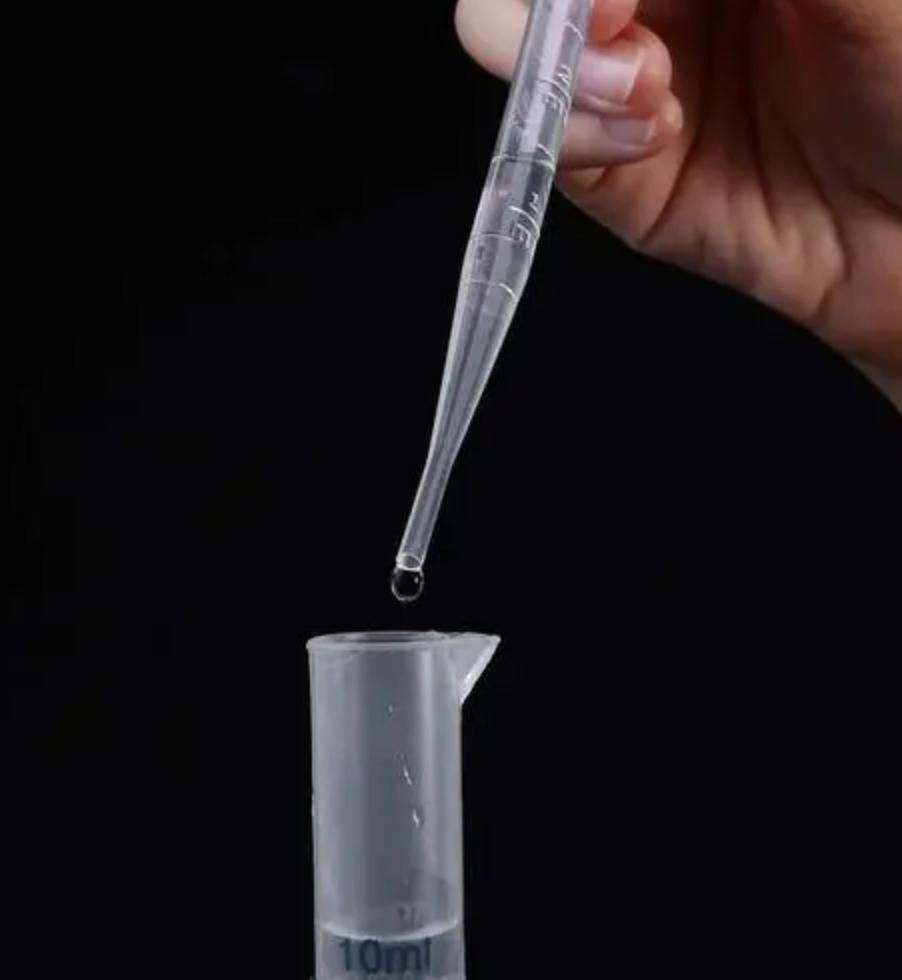
Comparison Table between Disposable and Reusable Serological Pipettes
| Types | Description | Advantages | Disadvantages |
| Disposable | Made of plastic for single use. Convenient and hygienic, eliminating sterilization. Generally less expensive. Can be less accurate due to manufacturing variations. | Reduces risk of contamination. Saves time and labor on cleaning. Lower overall cost. | Can generate plastic waste. Potentially less accurate. May not be suitable for all liquids. |
| Reusable | Made of glass or high-quality plastic for repeated use. Require sterilization after each use (autoclaving). More expensive. Can be more accurate due to stricter quality control. | More environmentally friendly. Potentially more accurate. Can be used with a wider range of liquids. | Requires sterilization, adding time and labor. Higher initial cost. More fragile and prone to breakage. |
Choosing between disposable and reusable serological pipettes depends on a careful evaluation of your specific lab needs and priorities. By considering factors like volume, frequency of use, cost, accuracy requirements, and sterility concerns, you can make an informed decision that optimizes efficiency, minimizes waste, and supports your research endeavors effectively.
